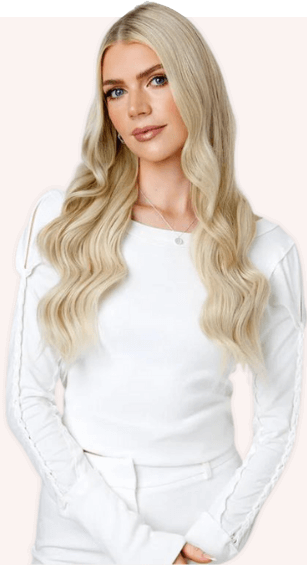We all love the feeling of a luscious lock, but there comes a time when you start to notice more hair in the shower drain or on your brush than usual. The sight of those strands can be distressing, leaving you wondering, “Why is this happening?” Fear not, for you’re not alone in this experience. Hair shedding is a natural part of the hair growth cycle, and understanding why it occurs can help demystify this common concern. Moreover, armed with the right knowledge and practices, you can take proactive steps to minimize excessive hair shedding and maintain a fuller, healthier head of hair.
I. What Is Hair Shedding?

Hair shedding is a normal part of the hair cycle. The life cycle of your hair has phases where it grows, rests, and sheds. In fact, on average a person loses 50-100 hairs per day, which is totally normal. And since we have 150,000 hairs total on average, this means normal hair loss is less than 1% of the strands on our heads. At this rate, it is no cause for alarm. If it’s wash day or the first time you’re detangling in a week then expect to lose way more than 50-100 hairs in a week and this is completely normal. However, if you detangle regularly there won’t be an accumulation of hair shedding. You can find out the best ways to detangle hair without causing damage HERE.
II. Why is My Hair Shedding So Much?
Experiencing hair shedding is a common concern for many people, and there can be several reasons behind it. It’s important to note that some level of hair shedding is a natural part of the hair growth cycle, but excessive shedding can be a sign of an underlying issue. Here are some common reasons:
1. Telogen Effluvium:
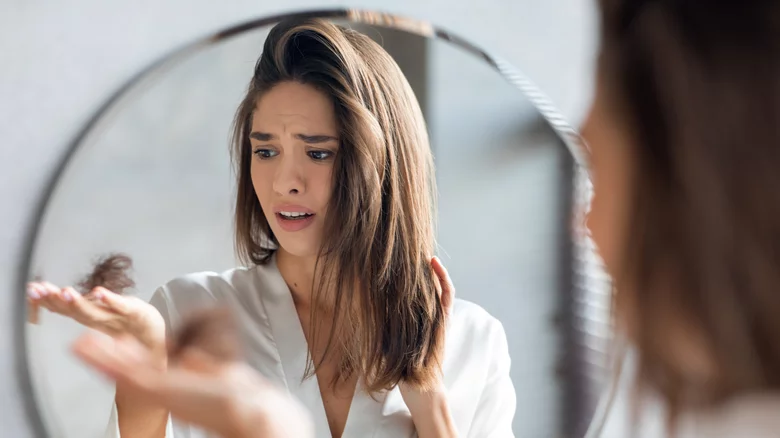
This is a common cause of temporary hair shedding. A variety of factors such as stress, illness, surgery, pregnancy, or significant weight loss can trigger it. Telogen effluvium disrupts the normal hair growth cycle, causing more hair to enter the resting (telogen) phase and eventually fall out. This type of shedding is often temporary, and hair typically regrows once the underlying cause is addressed.
2. Medical Conditions:
Certain conditions can lead to hair shedding. Treating the underlying medical condition may help reduce this status. Besides, some medications, particularly those used for cancer treatment (chemotherapy) or as a side effect of certain medications, can cause hair loss or shedding. If you suspect medication is the cause, consult your healthcare provider.
3. Chemical Processing:
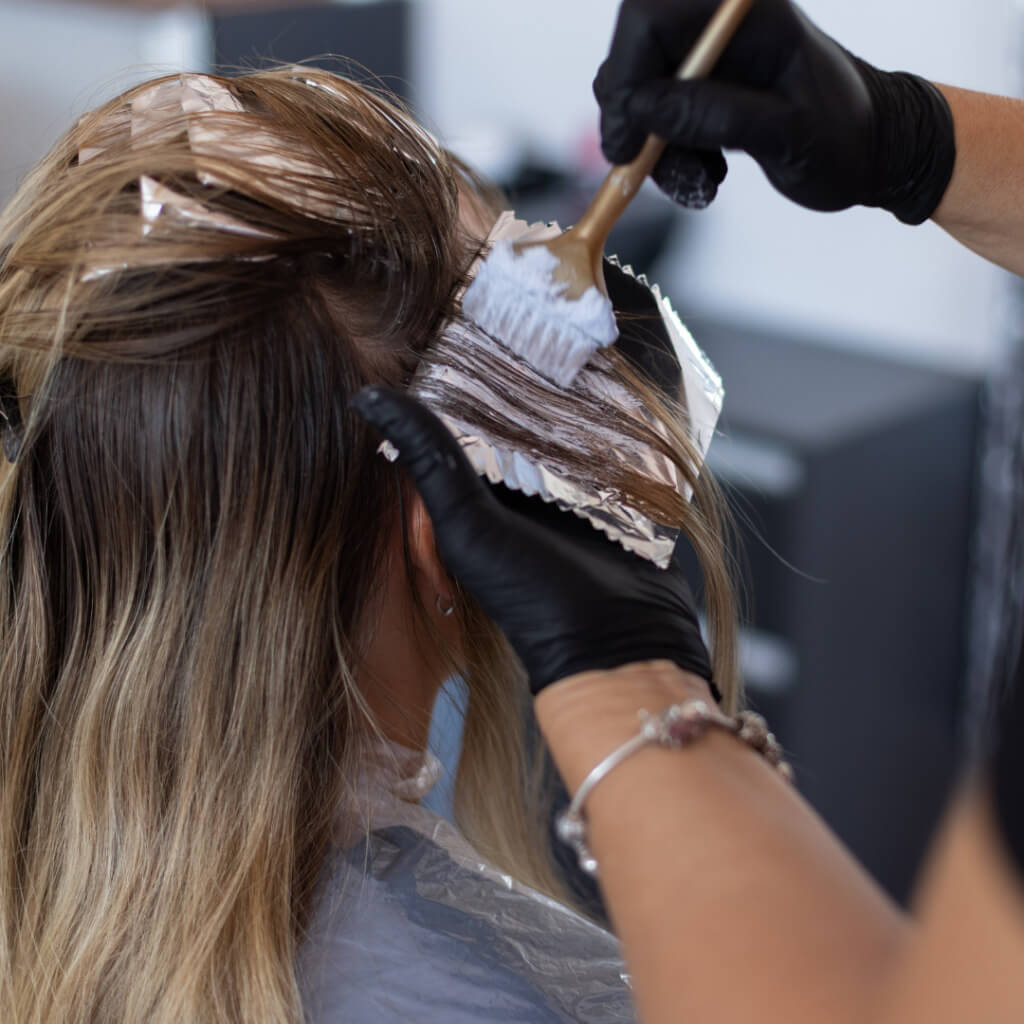
It’s fun experimenting with hair color and changing up our look, but coloring our hair too often can come at a cost. Especially if you decide to bleach your hair from a super dark color to one that is much lighter, you’re more susceptible to the effects of hair shedding due to high levels of peroxide in the dye. Another negative effect of the harsh chemicals, they can also burn and damage the scalp which leads to the follicle not holding onto your hair strands as strongly. Not only dying your hair, using other chemical processes for straightening your hair, or even perming your hair are also damaging and can lead to hair shedding.
4. Diet and Nutrition:
Poor nutrition and crash diets lacking essential nutrients like vitamins, minerals, and protein can lead to shedding hair. A balanced diet is essential for healthy hair growth. If you are curious about how to make your hair grow faster and stronger, you can find more useful information in HERE.
5. Over Styling
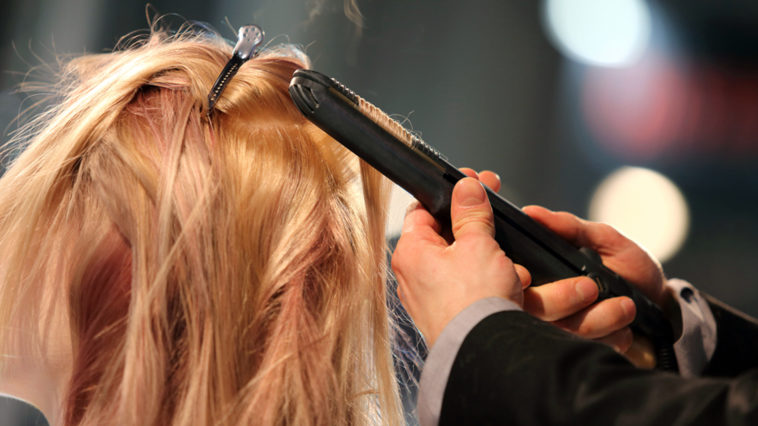
A culprit is over-styling with heat-styling tools like hairdryers, curling wands, and straighteners. Using these tools often will cause your hair shaft to become dry and damaged to the point of breakage. Another way you can over-style your hair is by using tight hair ties to tie it up. This doesn’t seem harmful, but hair elastics have a tendency to pull on your hair, stressing it out. Doing this will inevitably cause hair shedding.
III. Hair Shedding vs Hair Loss: What Are The Differences?
Hair loss is a common problem for women at different stages of our lives but hair shedding is a completely natural phenomenon that happens to us all continuously throughout our lives. “Hair loss” and “hair shedding” are related but they refer to different aspects of the hair growth cycle and can have various causes and implications.
Hair Shedding
- It is a normal and natural part of the hair growth cycle. On average, people lose around 50 to 100 hairs from their scalp daily.
- It occurs as old or damaged hair naturally falls out to make way for new hair growth.
- It can be more noticeable during certain times, such as when you wash or brush your hair.
- Excessive hair shedding is typically reversible, and hair regrows once the underlying cause is addressed.
Hair Loss
- Hair loss, on the other hand, refers to a more persistent and often progressive condition where hair does not regrow or regrows very slowly, resulting in visible thinning or baldness.
- Unlike shedding, hair loss typically reduces the density of hair on the scalp over time.
Treating hair loss often requires specific interventions, such as medications like minoxidil or finasteride, hair transplant procedures, or addressing the underlying medical condition.
IV. How To Stop Hair Shedding?
Excessive hair shedding can be concerning and may be caused by various factors, including genetics, hormonal changes, diet, stress, and more. Here are some steps you can take to help reduce:
1. Maintain a Healthy Diet and Eat Vitamins:
The way to be proactive to stop large amounts of hair shedding is by taking hair vitamins to strengthen your hair. Biotin for example can be bought at any drugstore and is incredibly effective in helping to strengthen your hair and help it grow. A multivitamin is also important to provide all of the nutrients you will need to help your hair grow long and strong.

Besides, Ensure you’re getting essential nutrients like protein, iron, zinc, and vitamins (particularly vitamin D, B-complex vitamins, and biotin) through your diet or supplements. Eat a balanced diet with a variety of fruits, vegetables, lean proteins, and whole grains.
2. Avoid Over Styling
Start by reducing the use of heat styling tools. But let’s be real, you probably won’t be able to quit these tools cold turkey. So, if you must use these tools then make sure you’re using a heat protectant spray to protect your hair shaft from the harsh damage caused by the heat. Also, if your heat tools have settings, lower the temperatures on your tools.
3. Maintain Scalp Health:
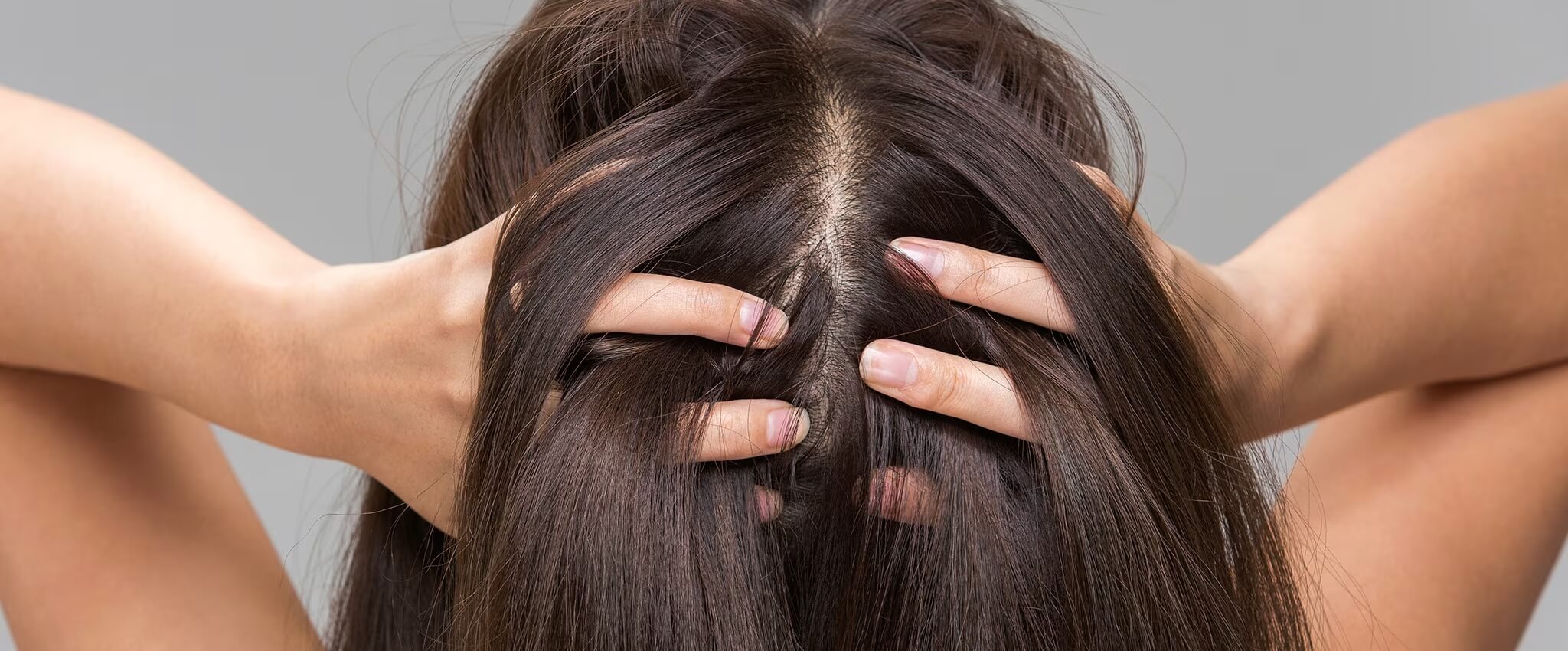
Keep your scalp healthy by using conditioner to keep it moisturized and scalp scrubs to exfoliate it. When your scalp is healthy, your follicles will hold onto strands of hair and this will lead to less hair shedding. If you have dandruff or other scalp conditions this may also causing, a quick fix is using a dandruff shampoo to keep the scalp moisturized. Keeping your hair moisturized during the wintertime especially is important because of the seasonal changes . Try using a deep conditioning hair mask or even hair oils to give your hair some extra love during the cooler temperatures.
4. Avoid Chemical Processing:
Generally, you should avoid chemical processes to straighten, bleach, or color hair. If you do decide to dye your hair, don’t dye it more than one or two shades lighter than its natural color. This will reduce the amount of bleach you’re using and therefore reduce damage. Bleaching and other chemical processes strip the hair of natural oils and can create thin, brittle, frizzy hair. You also can try hair extensions to get the hair color you want without the damage.
V. Conclusion
In conclusion, understanding hair shedding is essential for anyone experiencing this common concern. While it can be alarming to see extra hair in your brush or shower drain, it’s important to remember that shedding is a natural part of the hair growth cycle. It’s crucial to remember that it’s normal to lose some hair daily, and not all shedding is cause for concern. However, if you notice a sudden and significant increase in hair loss or have persistent concerns, it’s advisable to consult a healthcare professional or dermatologist for a thorough evaluation.


 BEST SELLING PRODUCTS
BEST SELLING PRODUCTS Wig Hair
Wig Hair WHOLESALE
WHOLESALE Contact us
Contact us Sale Events
Sale Events
